Read this post on TravelFeed.io for the best experience
Greetings community!
A while ago I visited one of the most emblematic regions of Venezuela: Los Llanos (The Plains), cradle of the Joropo, the quintessential Creole music with its harp, cuatro (string instrument) and maracas!, land of endless savannas, scene of independence battles, inspiration of writers and singers, home to hard-working people and above all habitat for an extraordinary diversity of wildlife.
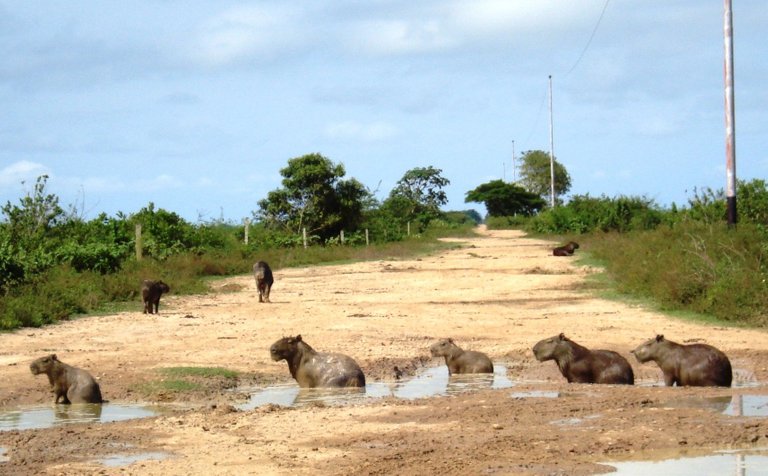
I love to travel to places where nature is the protagonist, so when a friend gave me the information and prices to visit a typical ranch of the Venezuelan plains, I didn't think much about it, fortunately I had the money available at that time and I have always thought that travel is not an expense but the best investment we can make in life!
We left Caracas, the capital of Venezuela, on a Friday at approximately four in the morning, my friends came to my house to look for me and about four hours on the highway we were reaching our goal: the state of Apure.
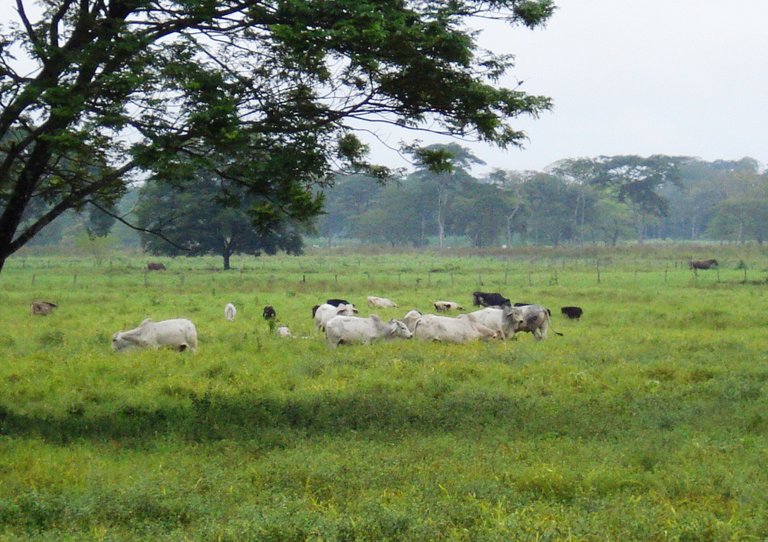
We continue rolling for an hour more to our destination: Hato El Cedral (Ranch El Cedral), located between the towns of Mantecal and Elorza.
Before ten in the morning we were at the entrance of this place. To get to the Ranch El Cedral camp, where the inn and visitor services are, you have to travel a distance of just over 7 km from the entrance. It was very hot and the dirt road was wet with some swamps, which made my friend's car get stuck at first, we had to get down and push, it was difficult but we managed to move forward.
It is not necessary to go deep into this place to start seeing its fauna, we were immediately greeted by its most popular inhabitants: the capybaras, very numerous around here as their hunting is prohibited, there are more than 10 thousand.
Ranch El Cedral, with an extension of 53,600 hectares, apart from being a cattle ranch, is a spectacular wildlife refuge famous worldwide. Television channels such as Discovery Channel, National Geographic, BBC, among others, have come to record the extraordinary fauna of the place, also visited by scientists, researchers and students, both Venezuelan and foreign.
There you can see in total freedom reptiles such as the Orinoco caiman (Crocodylus intermedius), Baba (Caiman crocodilus), anacondas, water snakes, turtles, iguanas, lizards; animals such as capybaras, deer, monkeys, anteaters, Tamandua bear, foxes, armadillos; cats such as the ocelot, the ounce, the puma and the jaguar; in addition to otters, river dolphins, manatees, a variety of fish and some 400 species of resident and migratory birds, among them: Scarlet ibis, herons, Spectacled thrush, storks, stone curlews, jabirus, black eagles, Venezuelan troupial, yellow-headed Caracara, hawks, owlets, toucans, parrots, parakeets and macaws.
When we arrived at the Matiyure Tourist Camp, name of the area where the cabins are, which are the accommodation for visitors, the restaurant and the pool, we were greeted by several monkeys who, from the tall and leafy cedars, seemed to be talking to each other while watching us curiously. Then we met the guide, who told us about the place and the activities we would do there during the two days of our stay, in which we would have the opportunity to know the three habitats of this region: savanna, gallery forests and bodies of water (lagoons, rivers and pipes) and see the fauna that lives there.
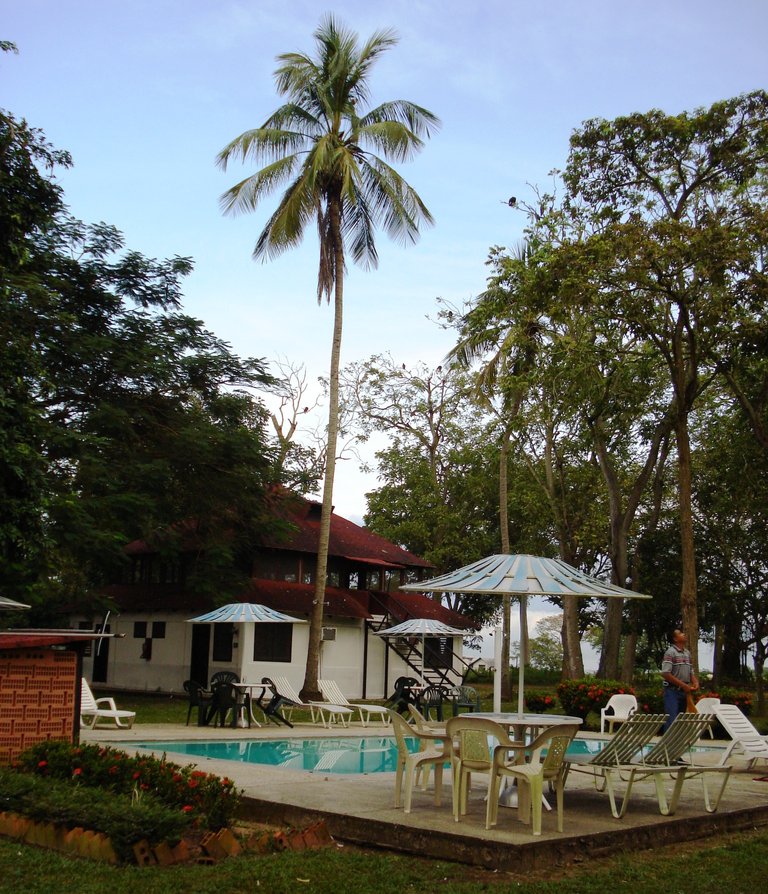
We left the backpacks in the beautiful cabins that have bathroom, air conditioning and TV and since it was already noon we went to have lunch in the restaurant. The packages that El Cedral offers to visitors include accommodation, food and tours, the service is really very good.
After resting and exploring the surroundings for a bit, we went on our first tour, it was four in the afternoon, the sun was still burning, but since the tour is done in some covered trucks, the breeze hits and you don't feel the heat as much. The best hours for excursions, the guide told us, are early in the morning and late in the afternoon, as it is cooler and you can see more animals.
The group was made up of about 20 people and on this first route through El Cedral they took us to know several areas, including the part where the cattle are, some 14 thousand head of cattle that go around grazing.

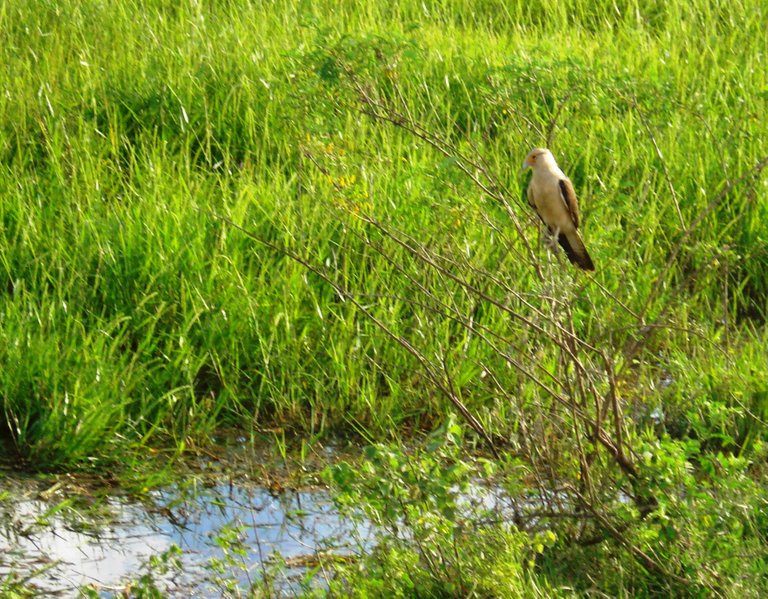
According to historical records, the Spanish introduced cattle ranching on the plains of Venezuela in the 16th century. Before colonization, the indigenous people of this region based their diet on what their surroundings offered them: fish, birds, deer, capybaras, crops such as cassava, among others.
In 2008 the Venezuelan State bought 90% of this ranch, the former owners kept the remaining 10% and the place became managed by the Bravos de Apure Socialist Livestock Agroecological Company, with the aim of improving conditions for ecotourism and provide greater benefits to its more than 200 workers.
Milk and cheese are produced here, there is a nursery where plant species such as teak, cedar and mahogany are planted and they also maintain a hatchery for turtles and alligators.
There is also an elementary school for the children of workers and children from nearby towns where, in addition to classes, they receive food and stay as boarding schools from Monday to Friday, going home on weekends.
I found it very nice to see the cows grazing and if it is at sunset, the better, it's like relaxing. Sunrises and sunsets in the Venezuelan plains are peak moments, super photographed, sources of inspiration for poets and present in hundreds of folk songs.
We returned to the camp at night and on the way we ran into a group of foxes! I'm always very excited to see animals in their habitat.

The next day I got up early, I also told my friends to witness the sunrise, we were able to see many birds and listen to their various songs.
The people who work in the ranch were already around, the Llaneros (people of the plains) often get up before dawn to start their daily tasks that mainly have to do with animals, such as milking cows.
After a rich Creole breakfast, which included: arepas (precooked corn flour tortillas, fried or roasted that are filled with cheese, meat, chicken, etc.), Llanero cheese, black beans, egg, coffee and natural juice, we went to the first tour of the day: sailing by boat on the Matiyure river.
Ranch El Cedral is crossed by three rivers: Matiyure, Caicara and Orichuna. We boarded the truck, made some stops to see animals that appeared on the road, especially alligators, and arrived at a part where the boats were waiting for us. The sky was clear, the landscape flat and infinite beautiful, and the heat strong hahaha ... I had my hat but I was wearing a sleeveless top, wrong! On these types of excursions you have to wear cool long-sleeved blouses that protect you from both the sun and the plague.
We got on some small boats, the group was divided into two and we entered into the overwhelming beauty of the place, it is in these scenarios that I wanted to have a 360º vision incorporated hehehe.
In the water was reflected the sky and some clouds that appeared a while later. The guide was explaining to us about the fauna of the river, which apart from reptiles such as caimans and snakes, is full of fish such as tambaqui or cachama, butterfly peacock bass, catfish and the dreaded piranhas.
The boat went into a forest and as we crossed there towards an open area of the river, an impressive spectacle awaited us.
The guide had pieces of skin that he was embedding in a stick, then he began to shake that stick in the water, "the baba is coming", he told us. We didn't believe it until a few minutes later this reptile appeared, slowly approached the boat and giving us an unforgettable scene by the way it stood on the water on two legs to catch its food, turned and left. It's seen that he likes to be admired or feared? by visitors hehehe.
After this we went fishing for piranhas, I'd never seen anything like this, as soon as the guide threw a piece of meat into the water, these fish appeared in heaps, rowdy.
It's very easy to fish them with a hook and with someone like the guide who accompanied us, who knew how to remove it from his mouth when removing it from the water, because they are still alive and if you have no experience, their terrifying teeth can take your finger. We took some specimens, they were going to be part of dinner that night.
Right there we were lucky enough to see a Hoatzin, a tropical bird that seems prehistoric with its picturesque crest and digestive characteristics like those of cows, that is, bacterial fermentation is present in the front part of its stomach and decomposes the vegetation that eats.
Minutes after this, the sky quickly darkened into blue hues and a downpour fell in the middle of the river. We didn't have raincoats, so we all quickly kept the cameras so they wouldn't get wet and enjoyed the shower that lasted about a quarter of an hour while the boats took the route back.
In the camp we took another bath, but in the shower, and then they called us for dinner, when we entered the musicians were already tuning their instruments to offer a concert of creole melodies to the visitors. Harp!
The food was traditional from the region of the Venezuelan plains: meat in a stick, cachapas (tortillas of tender corn) with cheese, arepas, yuca, plátano, guasacaca (avocado sauce), salad and fried piranhas, yes sir! That was my main dish, since years ago I only eat fish, whether they are from the sea or the river, nothing from other types of meat. I have never eaten piranhas and the truth is they are delicious!
Although it was already nine o'clock the adventure was not over, the night tour came to observe animals that only appear at that time.
We could see a baby baba, a couple of foxes, an anteater, bats and I think a paca, however we didn't get to see the most coveted: cats, the guide told us that they are among the most difficult to see.
The last day at El Cedral reserved another amazing meeting for us. If you go to this place and don't see the anaconda it's as if you hadn't gone. It is the largest snake in the world, it can reach 12 meters and 200 Kg, so you should not miss it!
For this, Víctor Delgado, better known as “Musiú”, who grew up and works in the ranch since he was 11 years old, is the guide in charge of introducing you to this great reptile.
He took us to a small pipe near the camp and with a stick he began to move the vegetation, suddenly he put his hands there and began to pull something, it was the tail of the anaconda. He said if we wanted to pull it too and some of us accepted. I had never touched a snake, it is very soft, silky and cold, this specimen measured just over three meters.
“Musiú” took out the anaconda completely to show it to us and be able to take photos of it and also proposed to people who wanted to put the snake around their shoulders, I did want to! Hahaha.
Although it's not poisonous, the anaconda is a constrictor, so the danger is that it envelops its victims and suffocates them with the force of its body before swallowing them.
After this exciting moment, we collected our things from the cabins, said goodbye to all the people who attended us in the camp and got on the truck that took us to the exit of the ranch. The generous nature still allowed us to see several of the inhabitants of these lands: deer, herons and the impressive jabiru, which measures almost one and a half meters.
Although any month is good to go to this beautiful wildlife refuge, it all depends on what you want to enjoy.
For lovers of bird watching it is better to go in summer (December-May), that is to say in the dry season, because the level of the rivers is lower, many fish come to the surface and this attracts all kinds of birds.
When winter or the rainy season arrives (June-November), much of the savanna is flooded, everything is green and in its splendor, it's the ideal time to see anacondas and alligators.
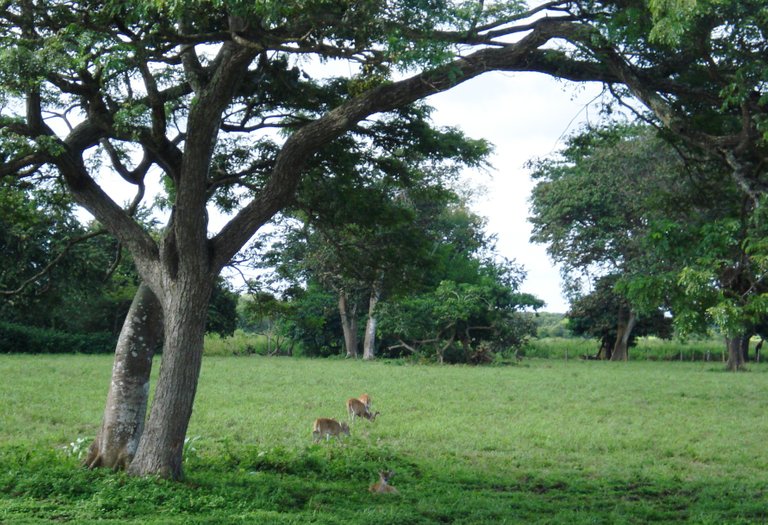
So far this walk through the plains, thank you very much for reading!
Own photos taken with a Sony Cyber Shot 7.2 mp digital camera
View this post on TravelFeed for the best experience.
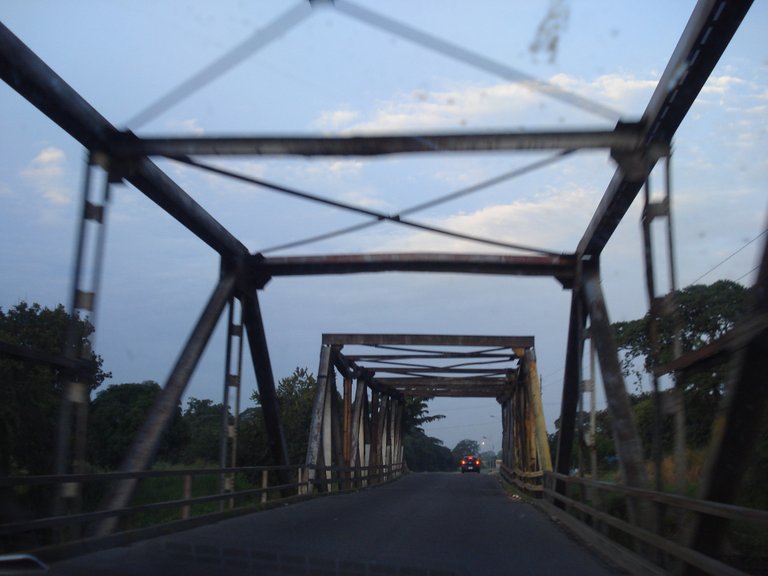
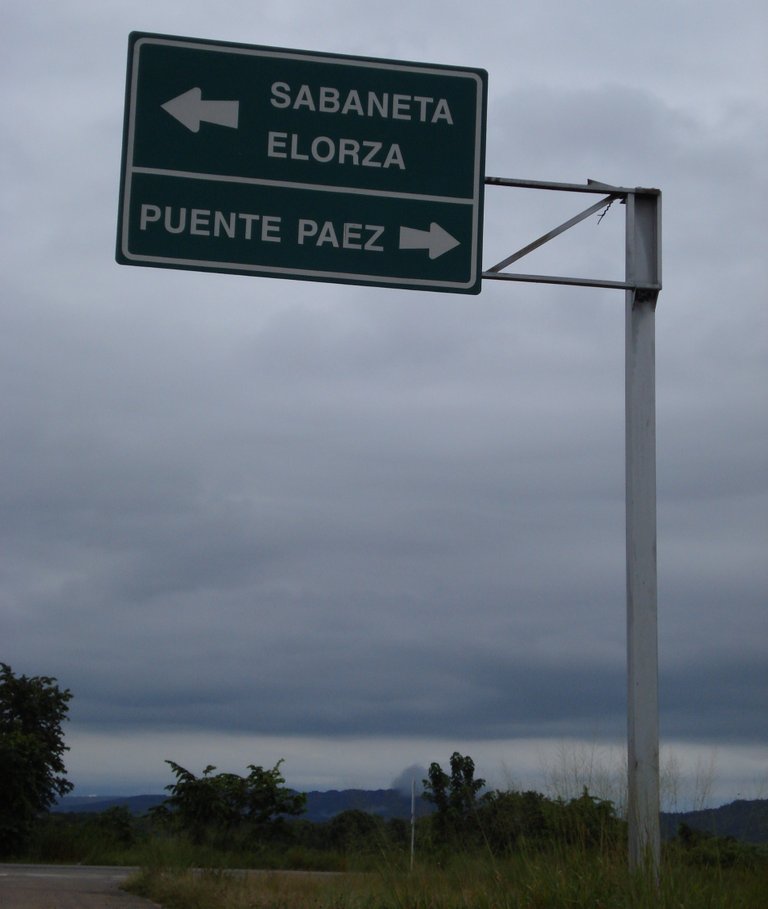

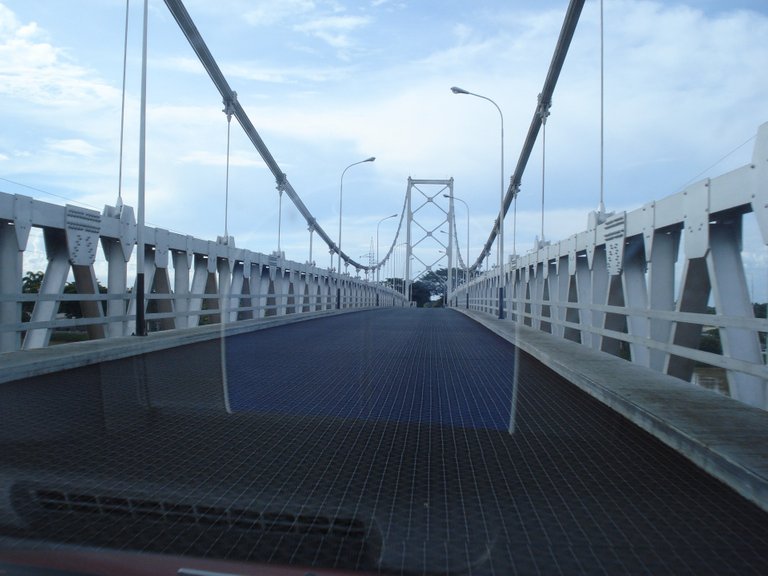

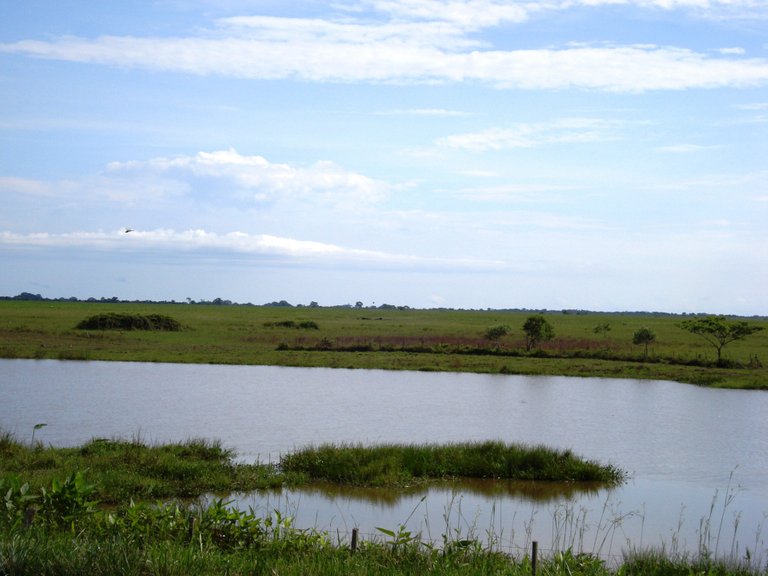

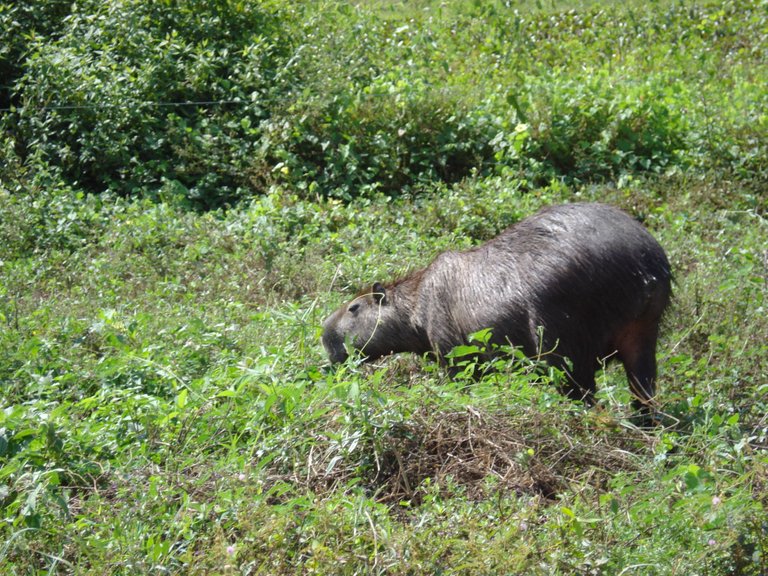

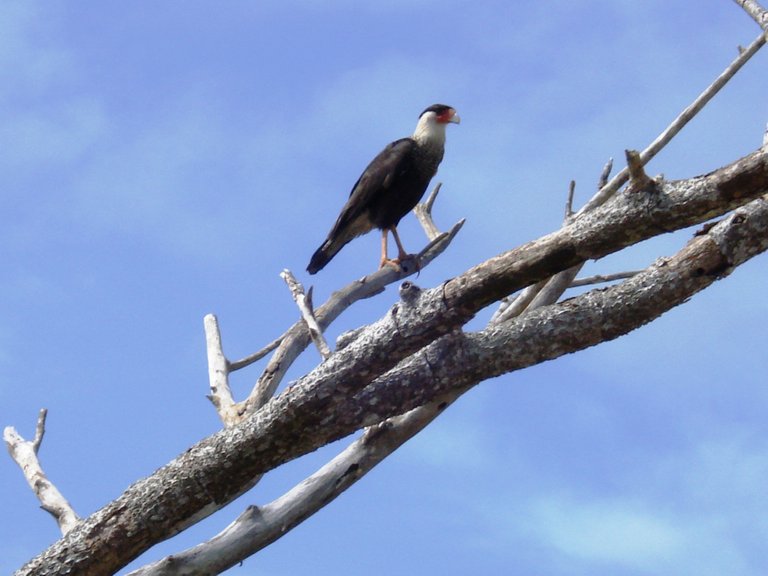

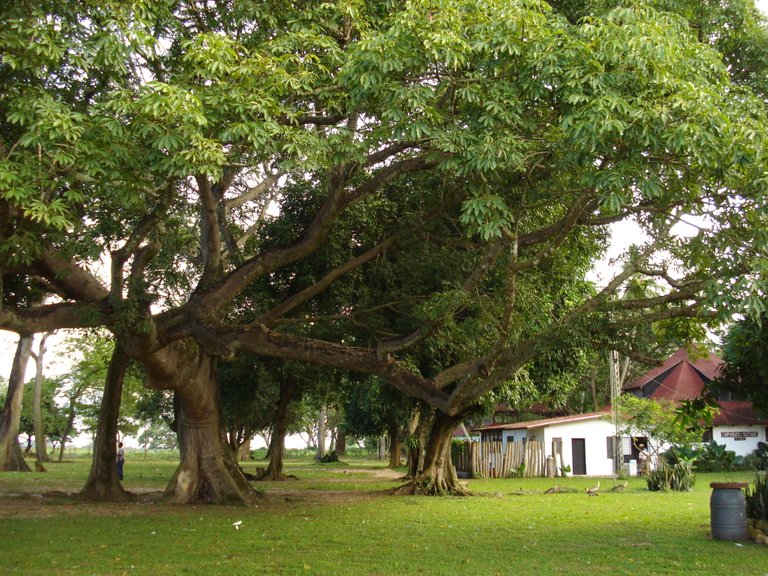
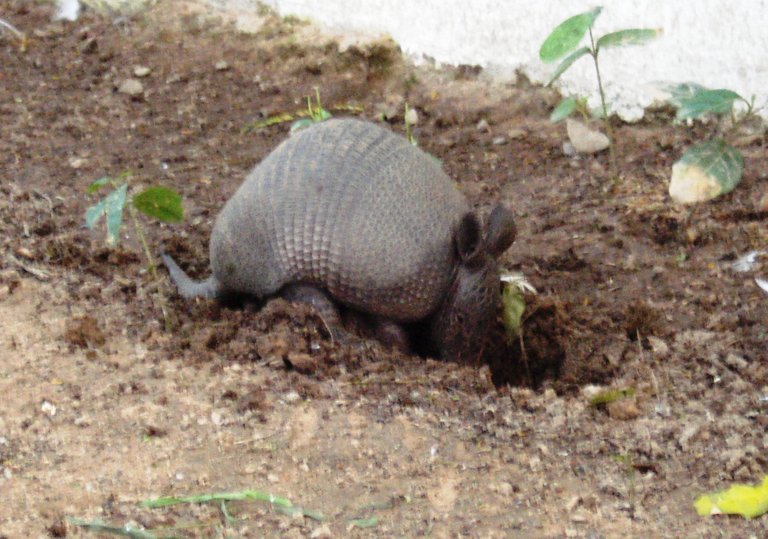
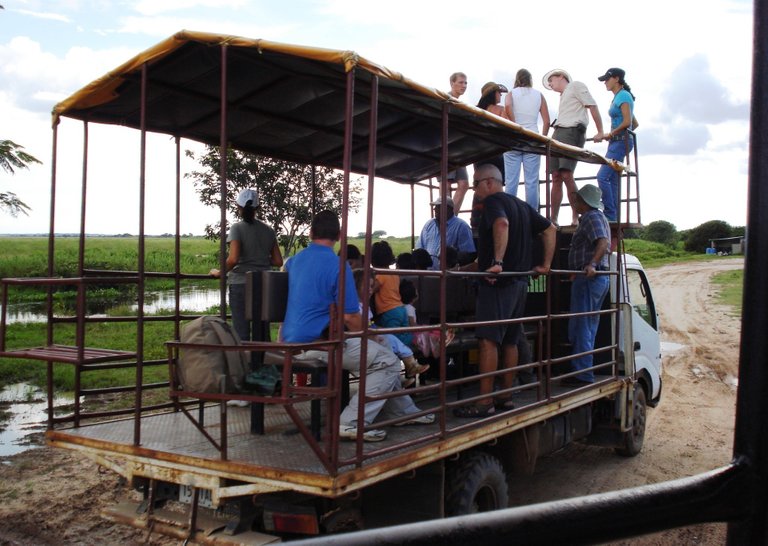
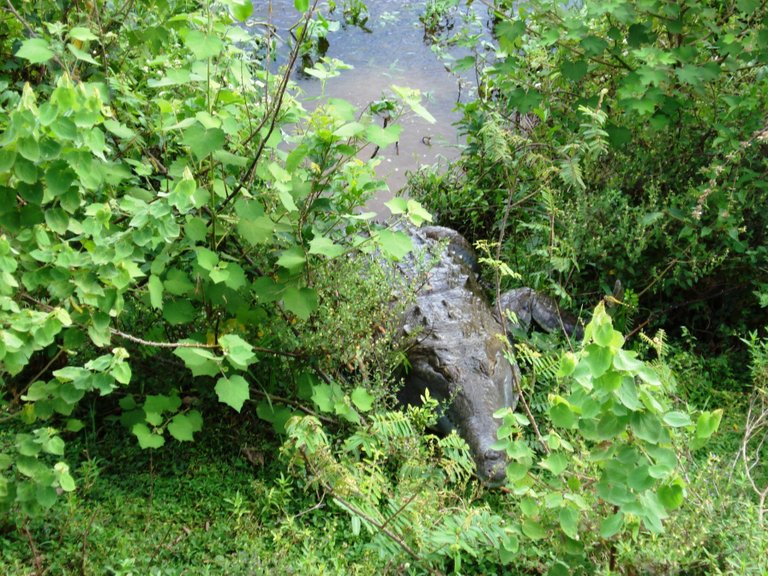

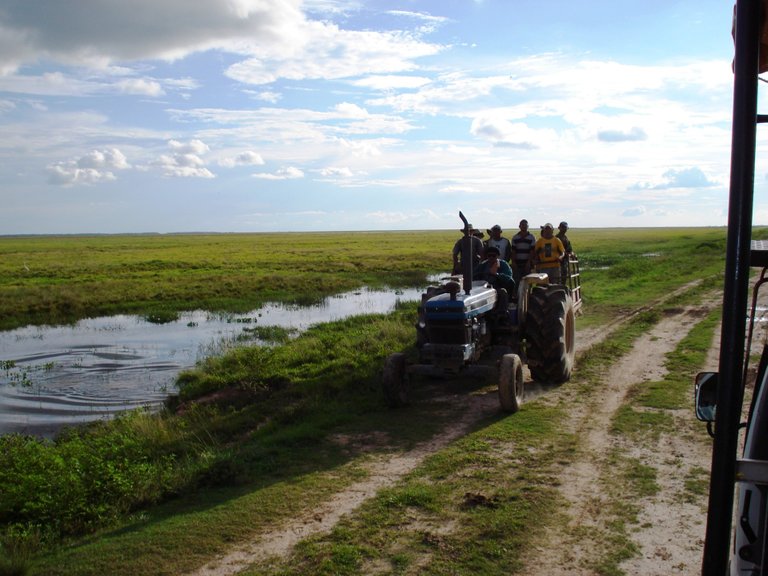
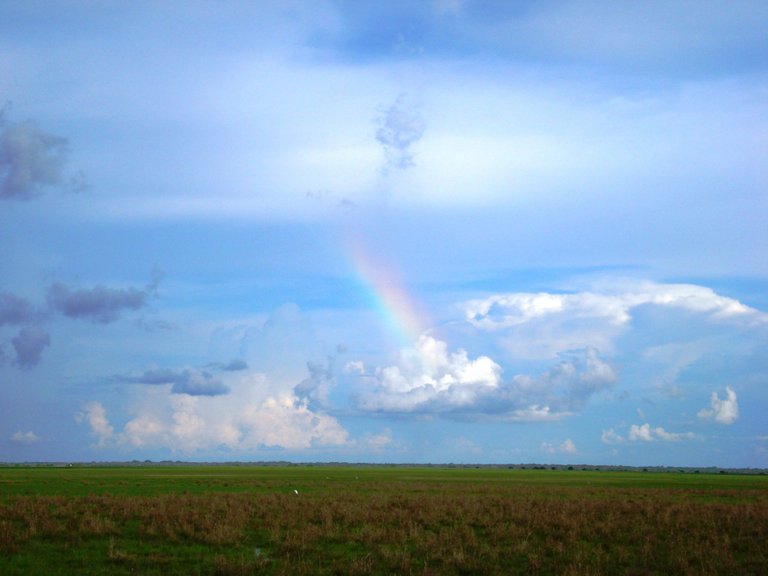
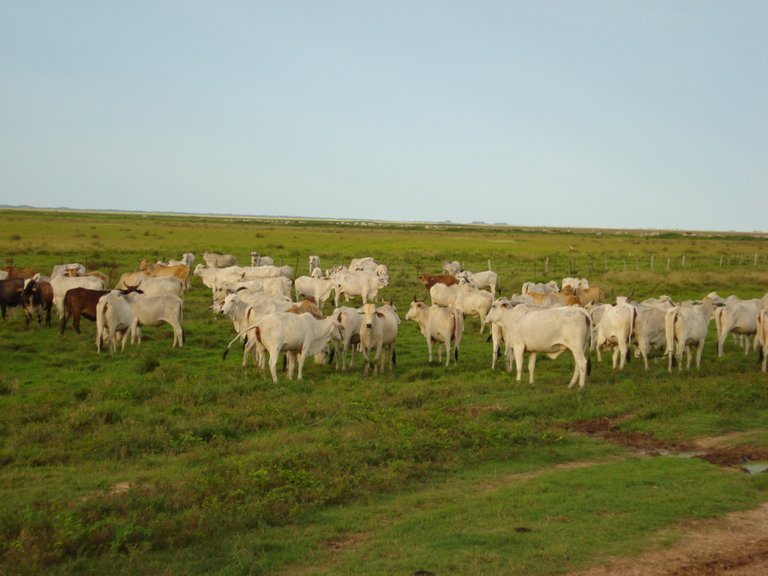
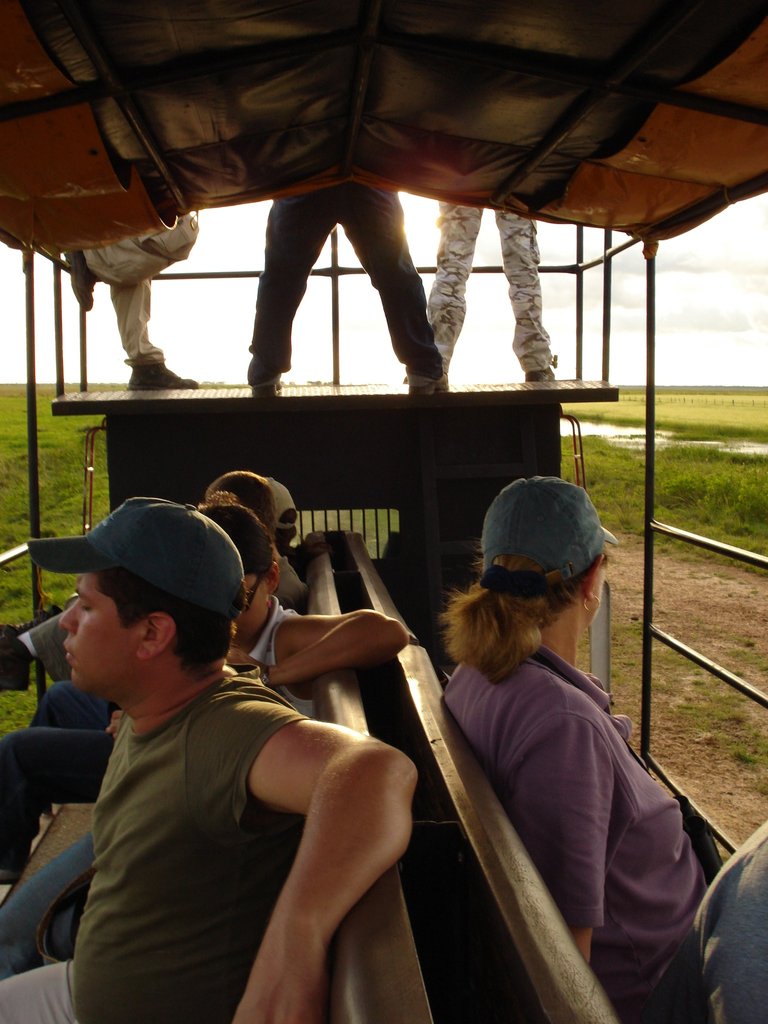
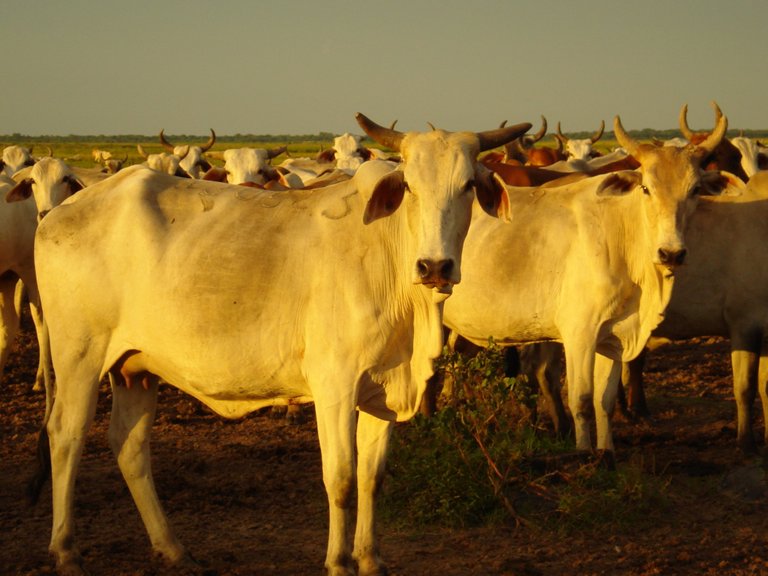

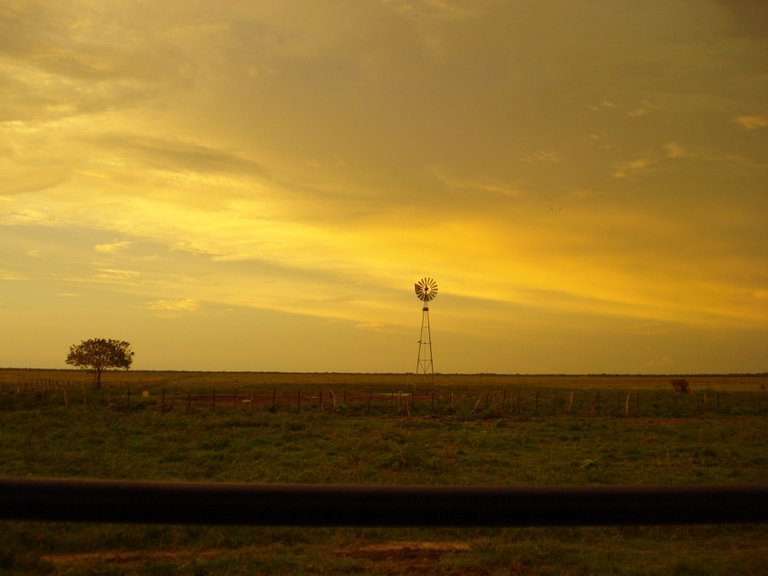
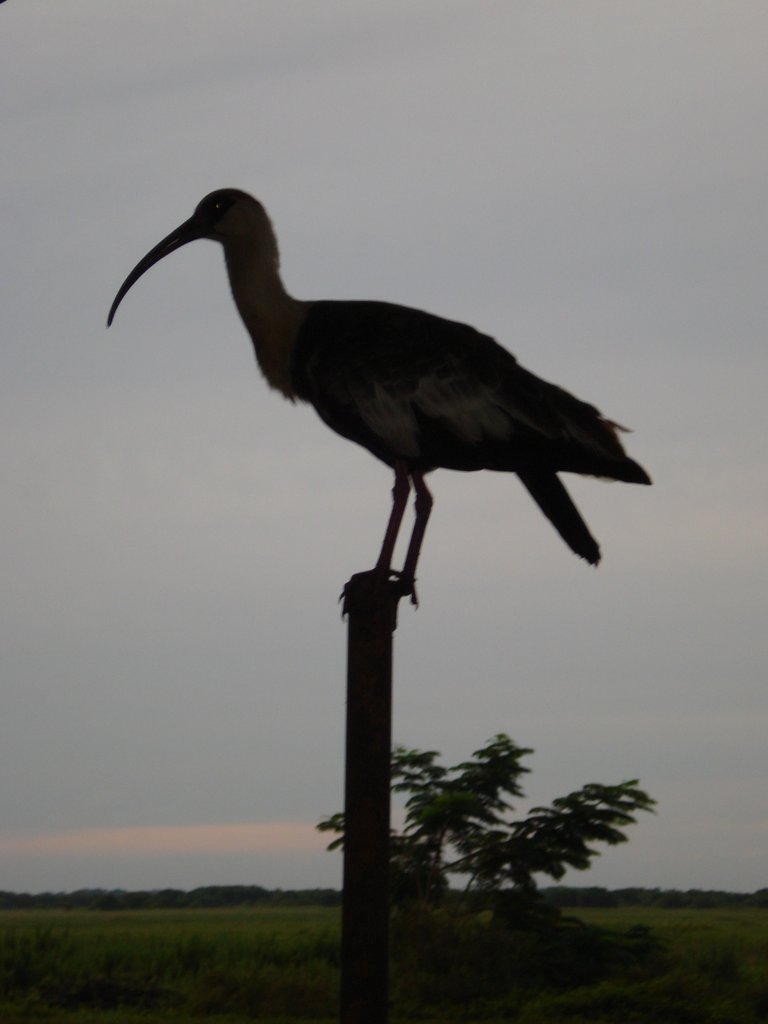
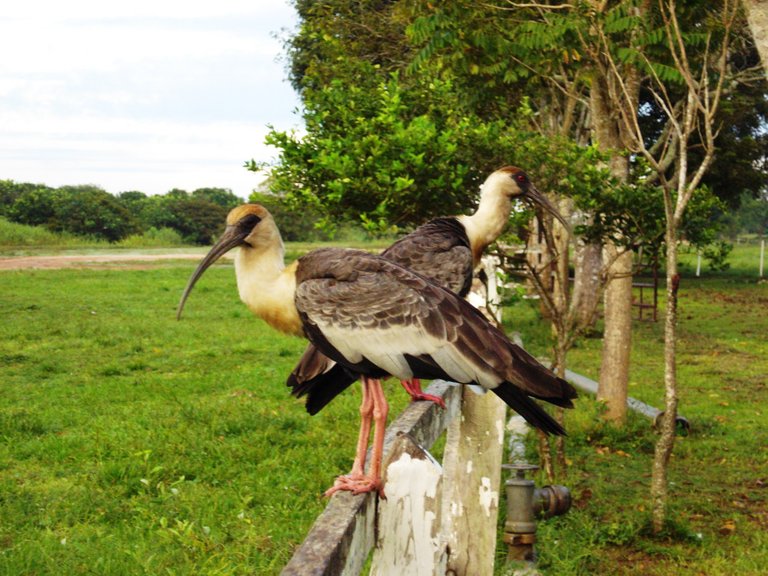
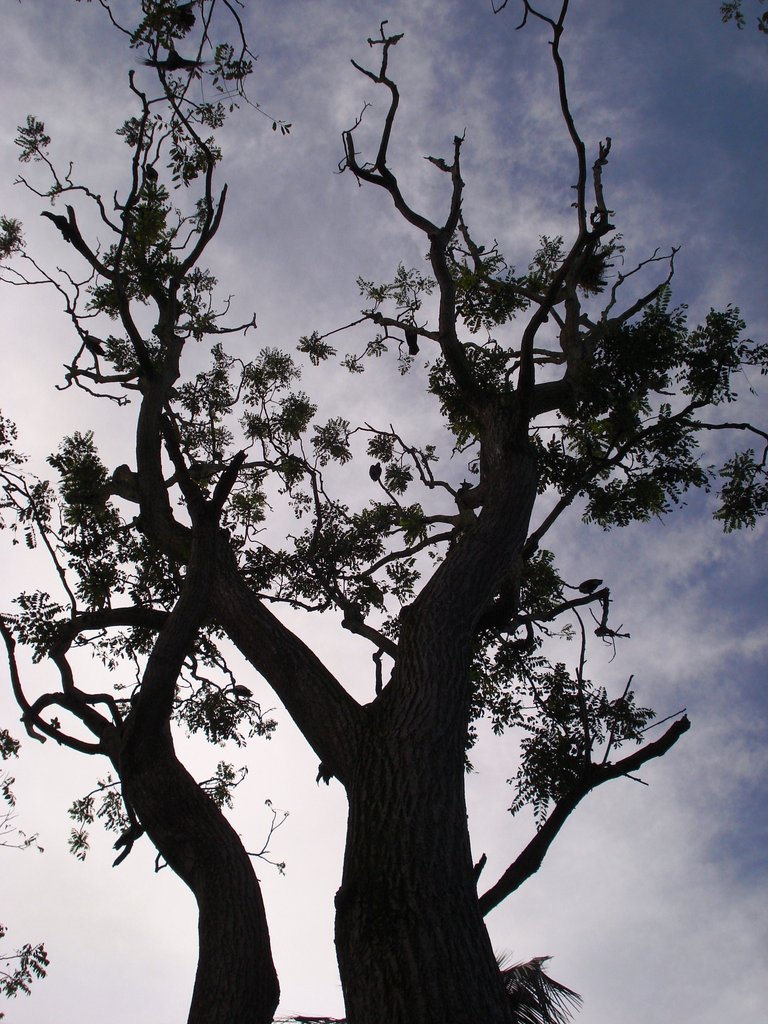

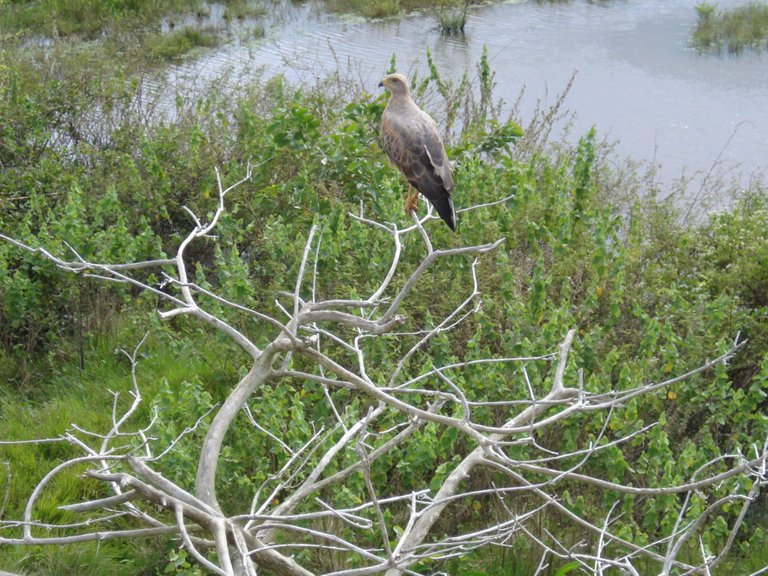

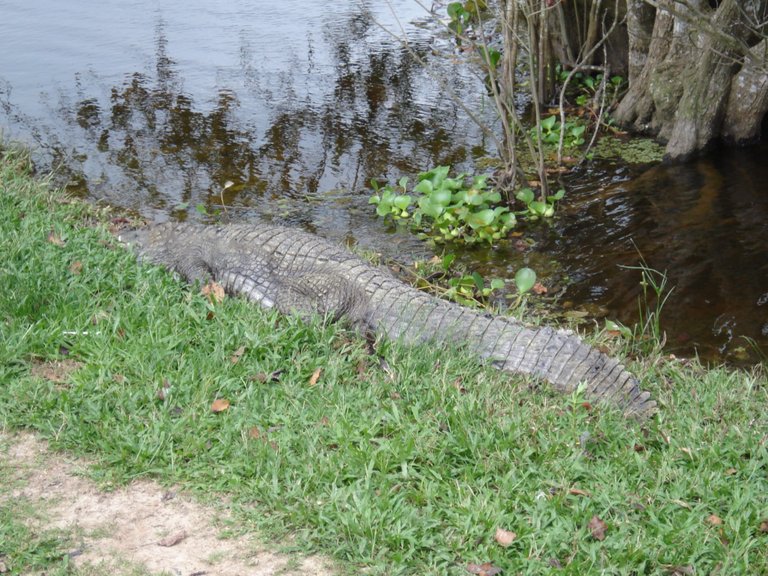
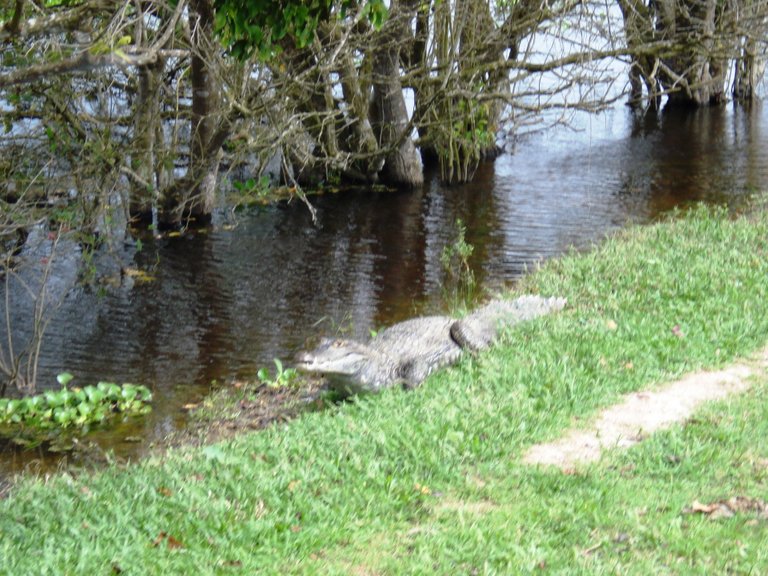

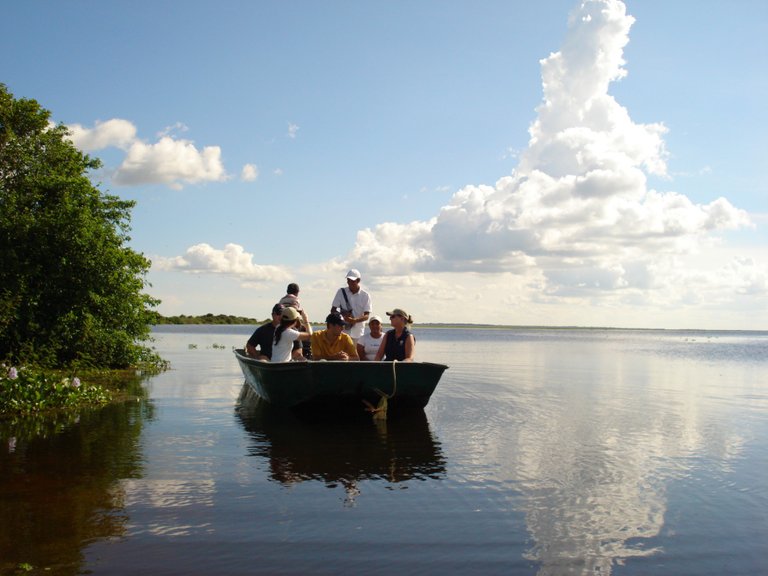
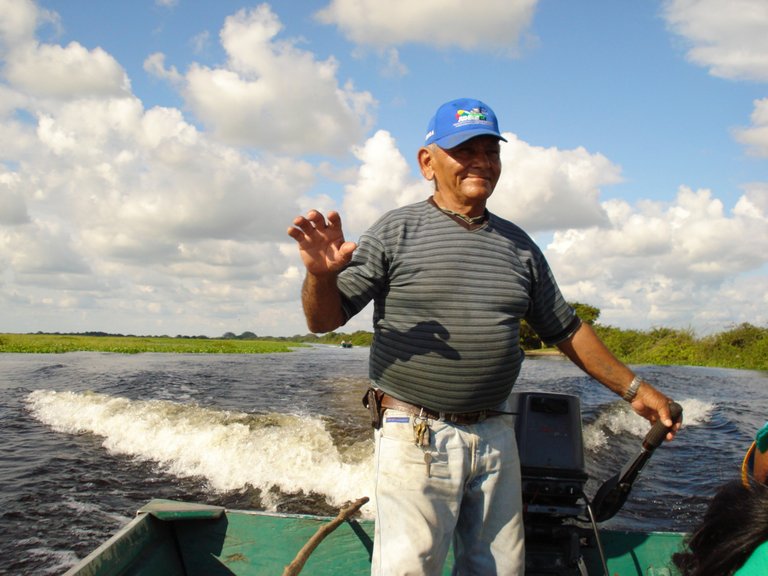
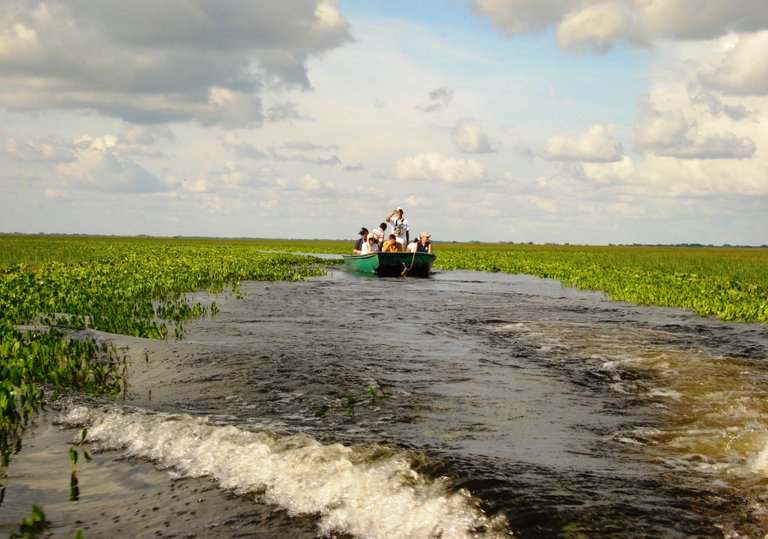
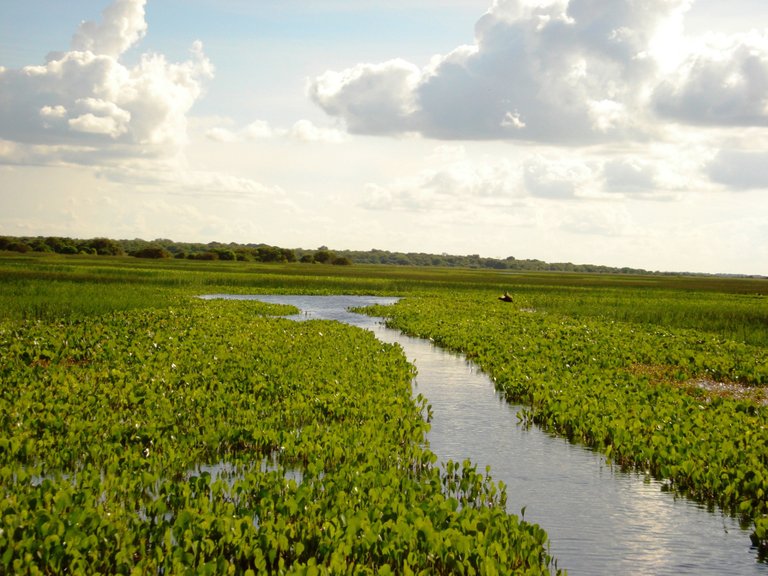

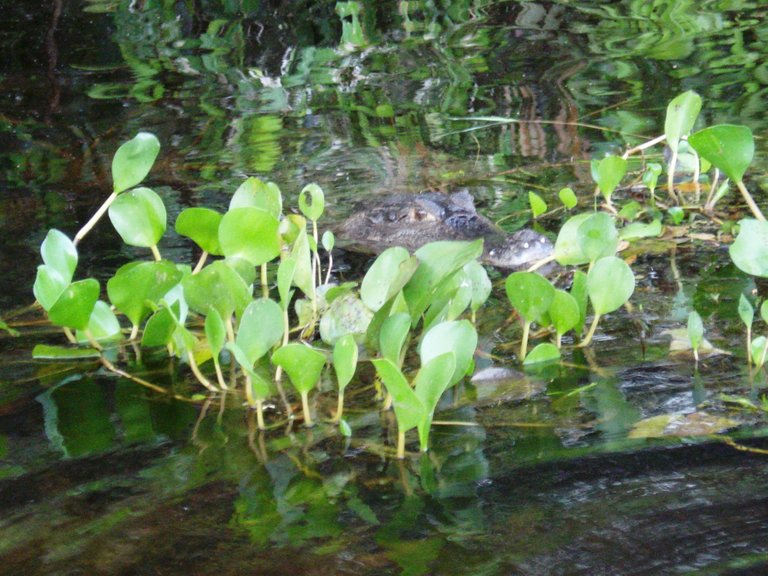
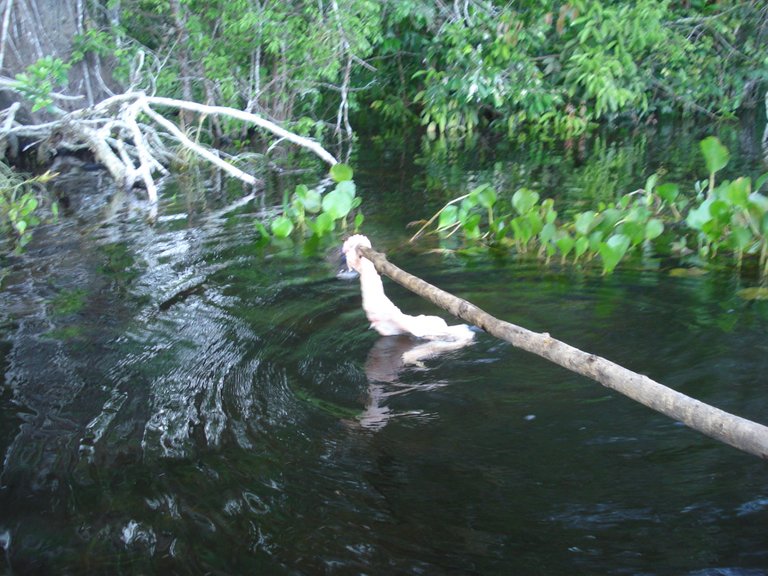
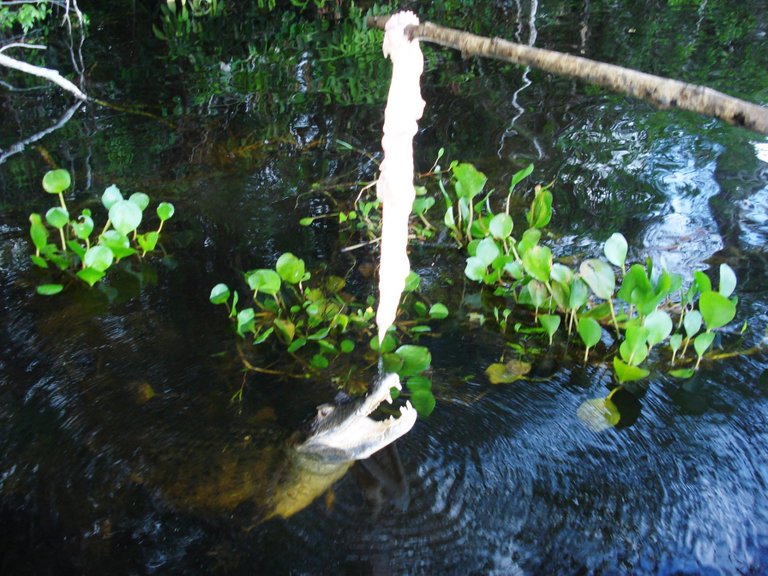

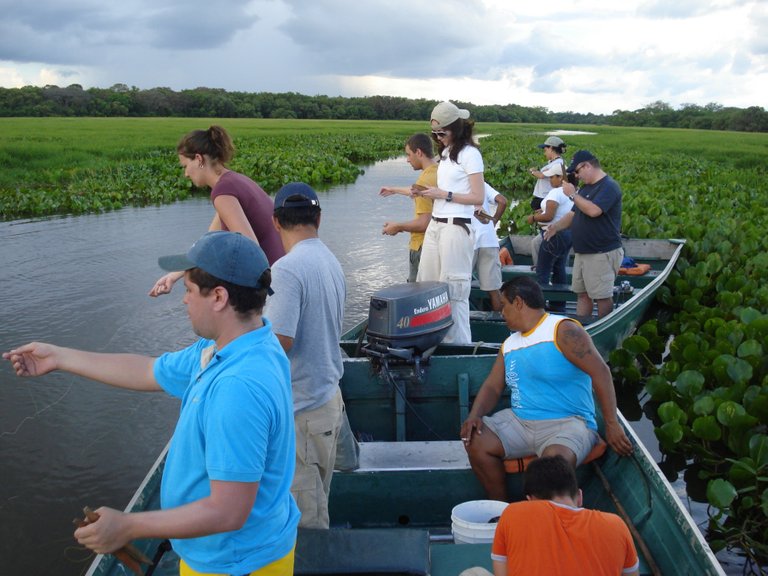
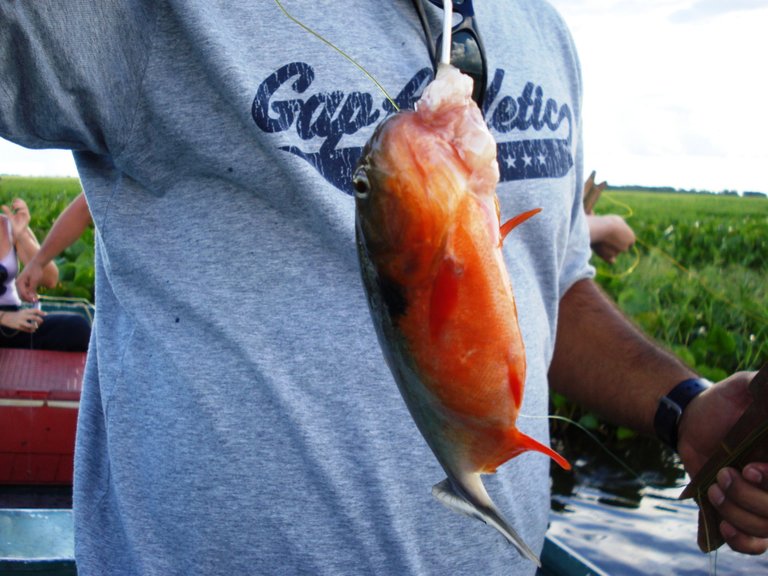

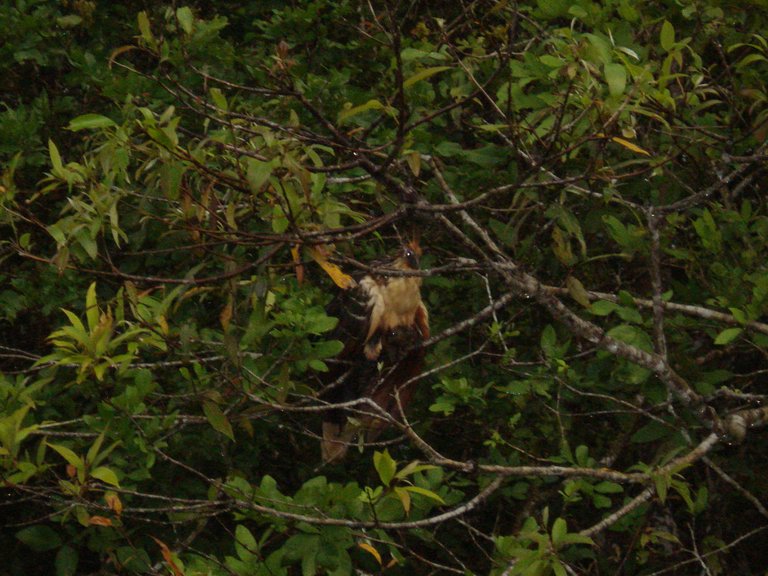
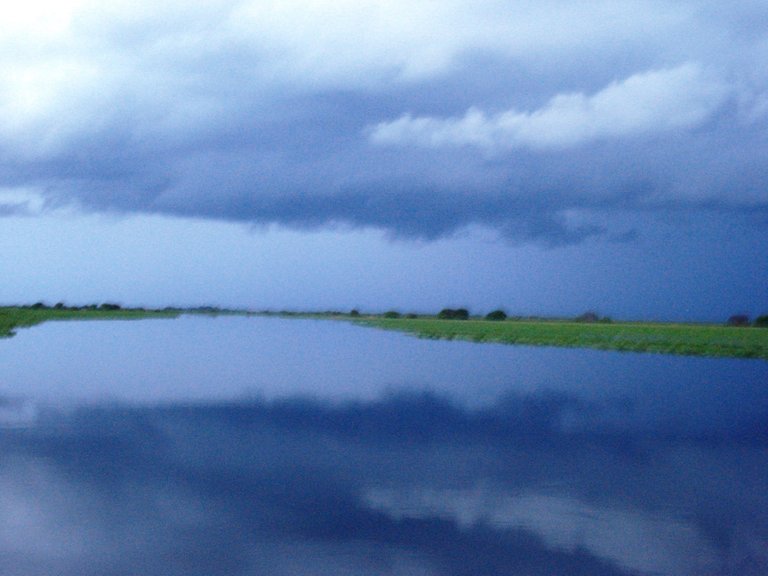
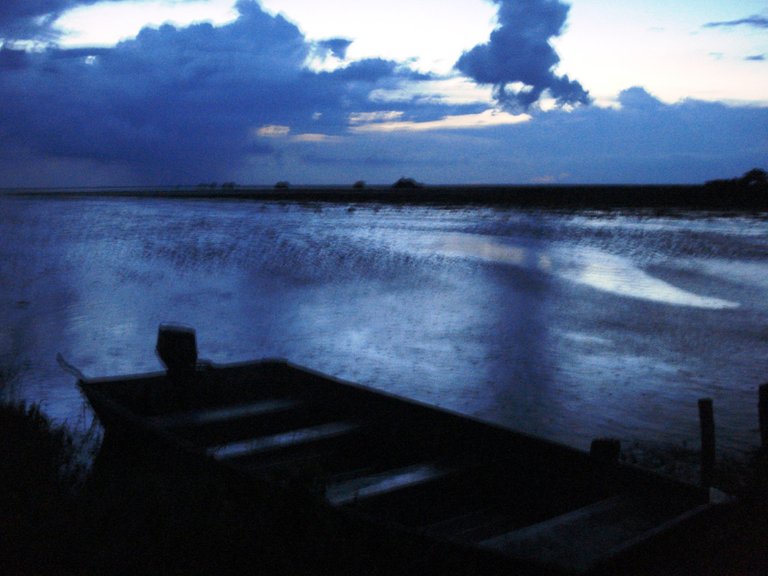

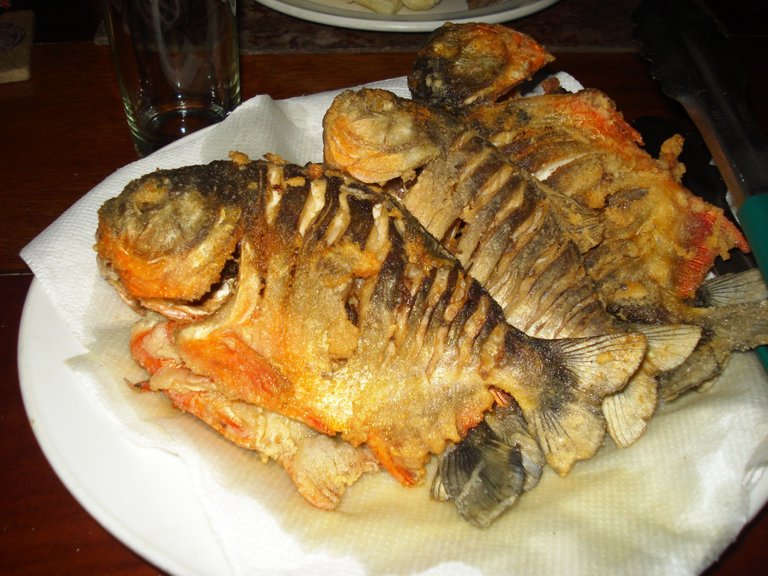
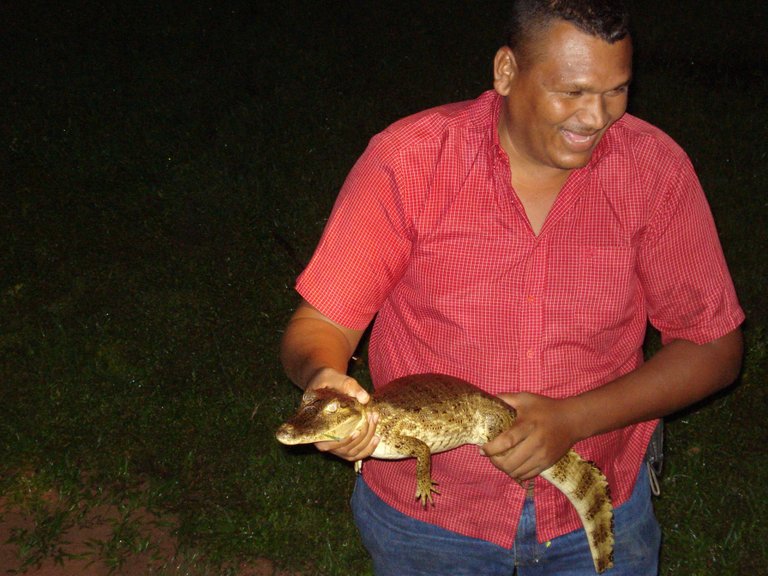

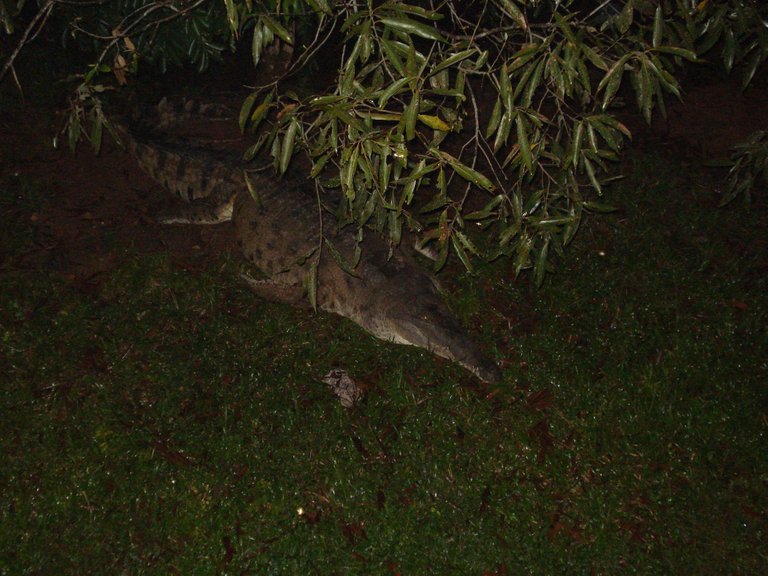
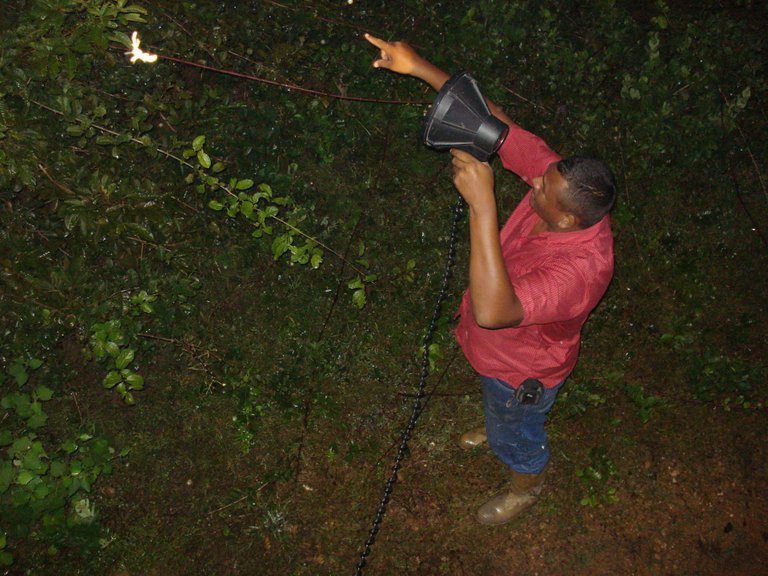
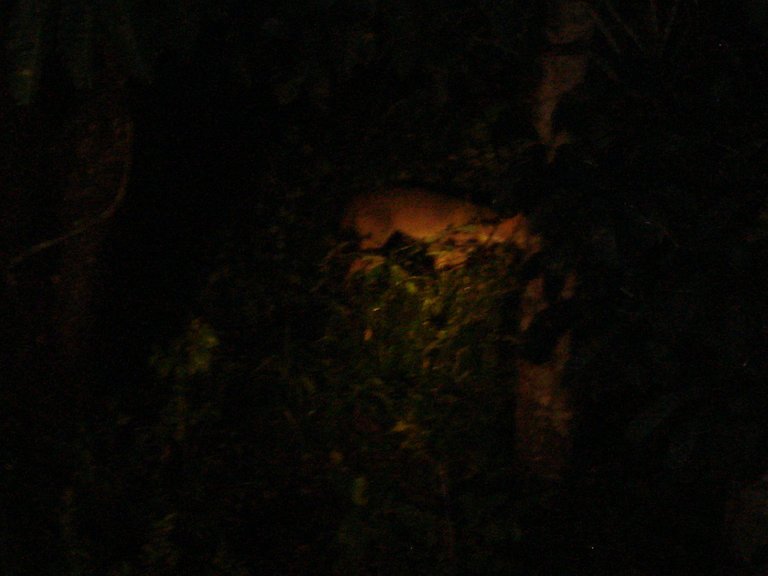
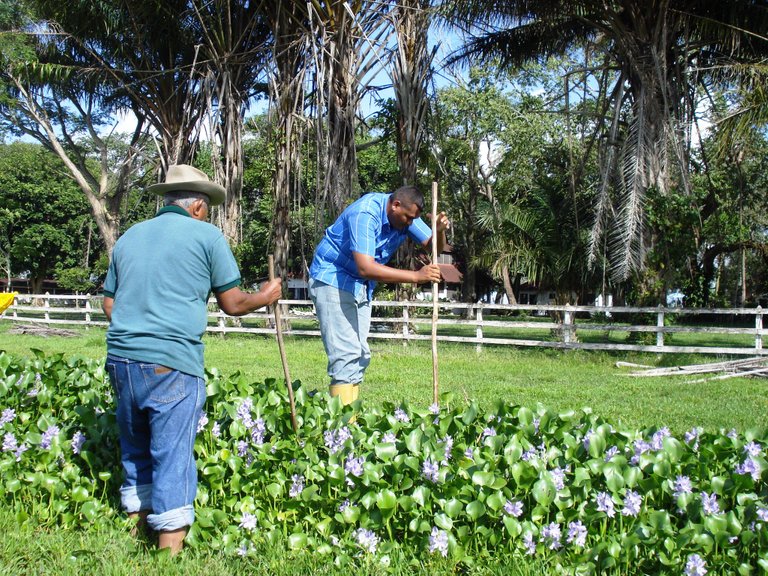

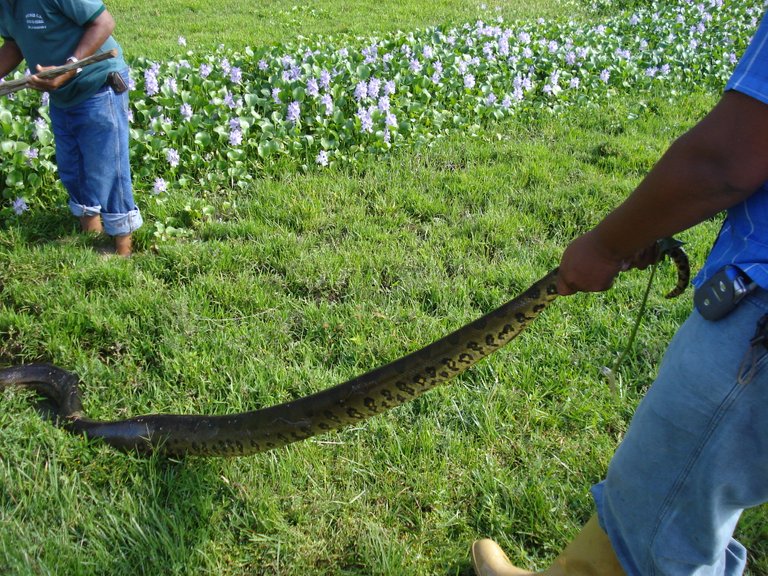
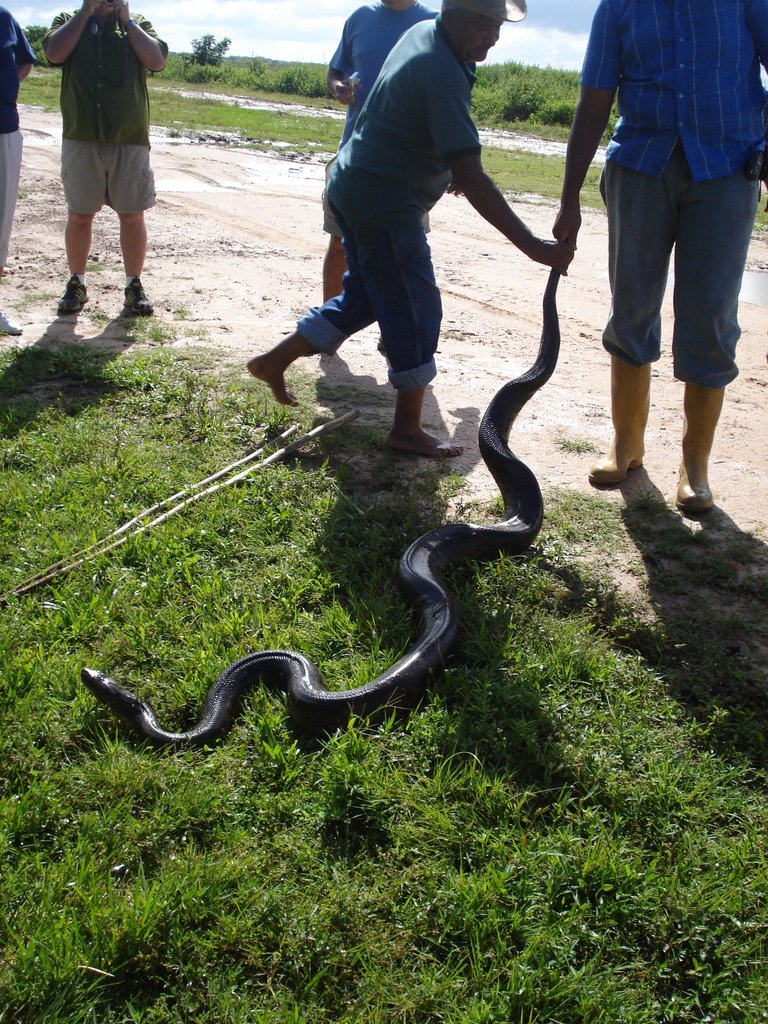
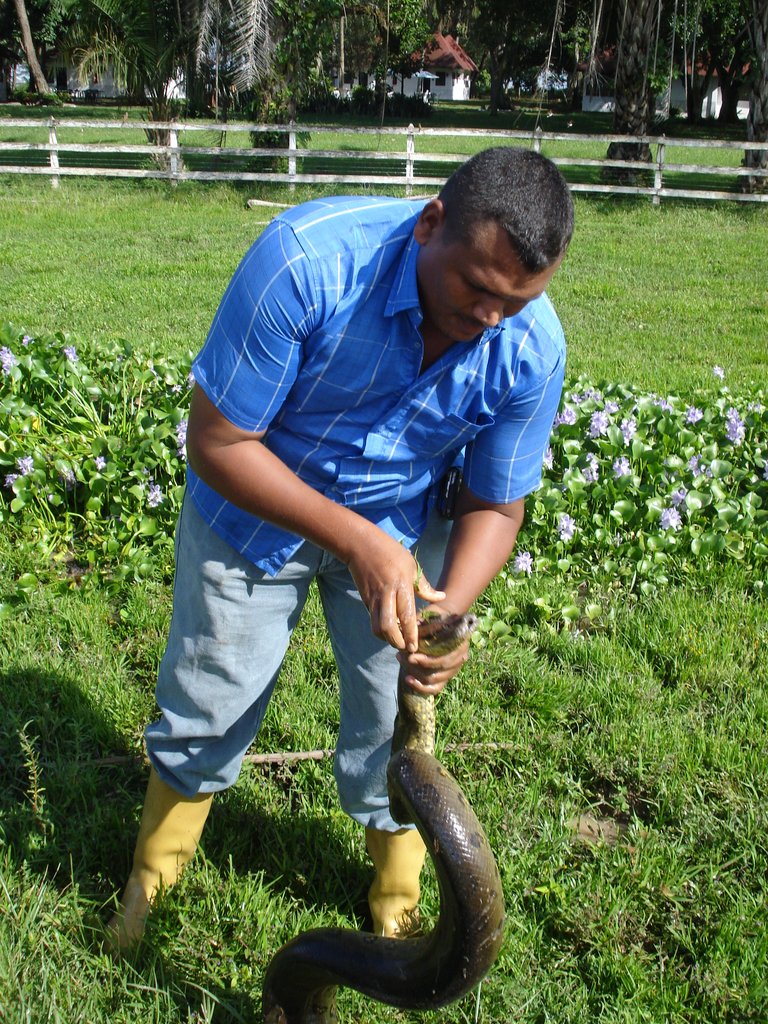

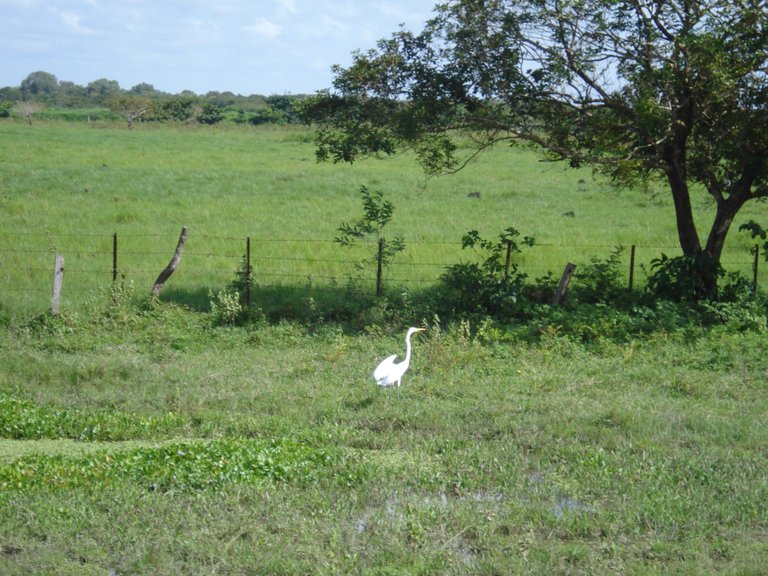
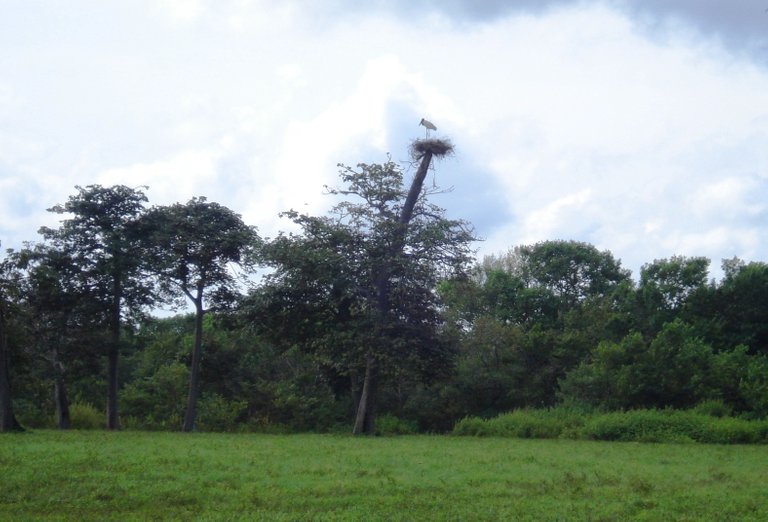
Source
Copying and pasting previous posts or significant parts there of could be seen as spam when:
Spam is discouraged by the community and may result in the account being Blacklisted.
Please refrain from copying and pasting previous posts going forward. If you believe this comment is in error, please contact us in #appeals in Discord.
Hello, I don't understand why you and others gave me downvotes, this post is not a copy and paste. It was published first in Spanish and then in English. I didn't want to post it in both languages at the same time because it is a very long article and I prefer to publish it as I did for better reading of the community. I hope you reconsider this, thanks
Congratulations, your post has been added to Pinmapple! 🎉🥳🍍
Did you know every user has their own profile map?
And so does every post as well!
Want to have your post on the map too?
Thanks!!! :D
Congratulations @sofathana! You have completed the following achievement on the Hive blockchain and have been rewarded with new badge(s) :
You can view your badges on your board and compare to others on the Ranking
If you no longer want to receive notifications, reply to this comment with the word
STOPDo not miss the last post from @hivebuzz:
Wow! I have written a few articles eh? I had not counted them hehehe, thank you!
Hey there, here @lizanomadsoul from HiveBuzz Team 🙂
Wow! I have written a few articles eh? I had not counted them hehehe, thank you!
Congratulations @sofathana! You received the biggest smile and some love from TravelFeed! Keep up the amazing blog. 😍 Your post was also chosen as top pick of the day and is now featured on the TravelFeed.io front page.
Thanks for using TravelFeed!
@smeralda (TravelFeed team)
PS: Why not share your blog posts to your family and friends with the convenient sharing buttons on TravelFeed.io?
Thank you very much! :D
Beautiful my Venezuela, I wish ever to travel to the Apure state, I love lowness (savannah)Hello @sofathana, I can not contain the emotion to see beautiful landscapes "apureños" that you have captured with your camera, how scared I feelt when I saw the Orinoco caiman, how valiant you have been
Hello! Thank you for your beautiful comment :), Apure is so stunning that the photos don't reflect all its beauty, but I tried hehehe... I wish you can travel there soon!
Beautiful pictures!
Thank you! :)
He said, 'Stop doing wrong things and turn back to God! The kingdom of heaven is almost here.'(Matthew 3:2)
Question from the Bible, How do we forgive someone who has done us wrong in the past? [Part 1 of 2]
Watch the Video below to know the Answer...
(Sorry for sending this comment. We are not looking for our self profit, our intentions is to preach the words of God in any means possible.)
Thank you, our beloved friend.
Check our Discord Chat
Comment what you understand of our Youtube Video to receive our full votes. We have 30,000 #HivePower, It's our little way to Join our Official Community: https://peakd.com/c/hive-182074/created